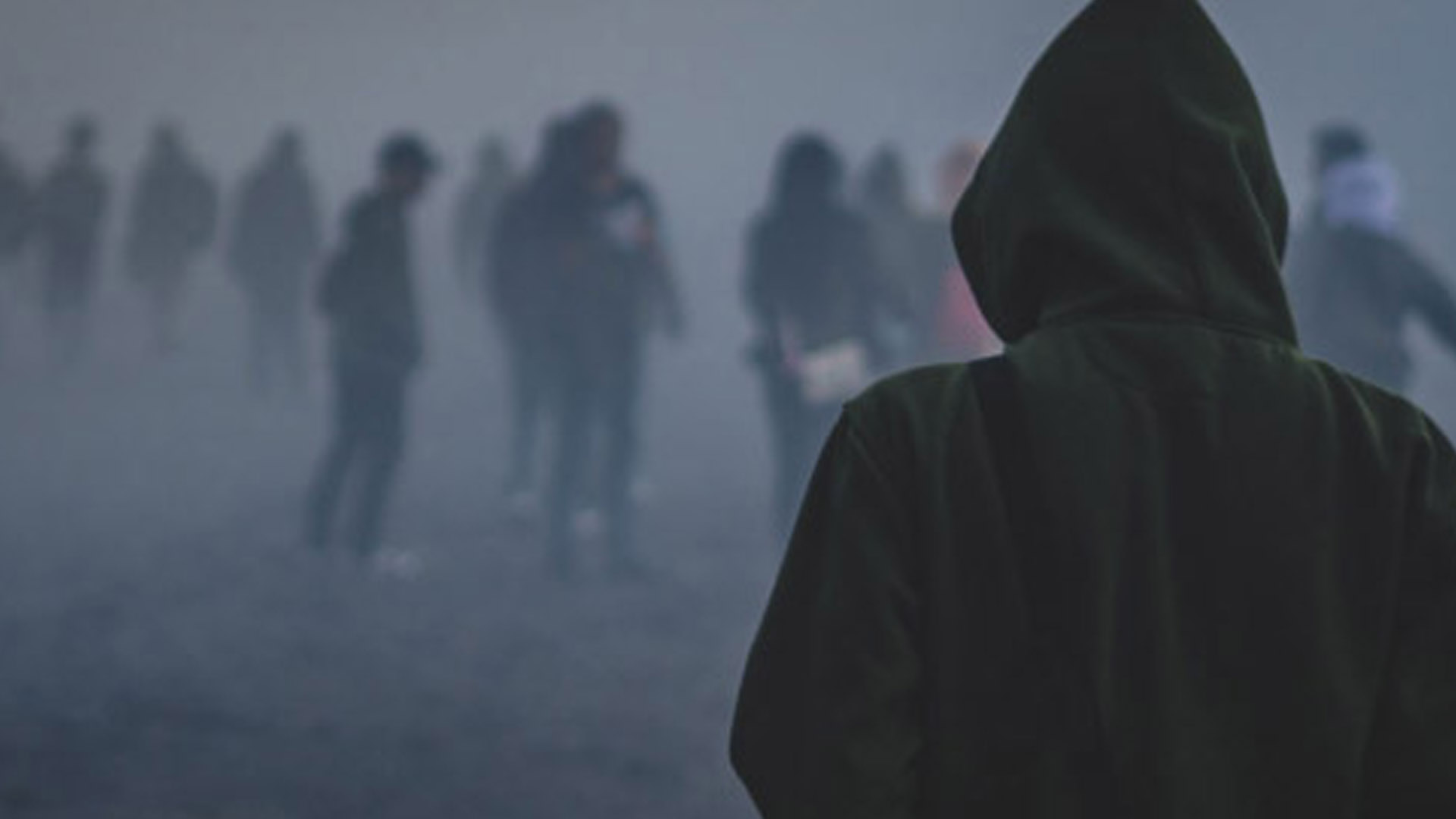
Mariam Karim
Social media has completely changed the way people live, learn, and connect through short and seemingly harmless content. However, what started as a platform to exchange ideas and reach a wide audience has now exposed young people to violence and explicit material, and this is increasingly translating into real-world issues.
A new report from Parliament, co-produced with the Youth Select Committee (a group of 12 young people from across the UK aged between 14 and 18), explores one of the most pressing challenges facing younger generations: how the online world is increasingly fuelling offline violence. The findings in the report serve as a wake-up call to parents, teachers, schools, youth services, and other stakeholders to deepen their understanding of students’ social media activity and the adverse effects such exposure can bring.
This has been vividly illustrated by the recent Netflix series Adolescence, which follows a fictional 13-year-old student influenced by extremist and misogynistic digital content — leading him to take the life of a classmate at school. The story reflects the real-life experiences highlighted in the report, where online narratives desensitise impressionable viewers and shape their perceptions of conflict and aggression.
Youth violence in the UK is on the rise, with 83% of teenage homicide victims killed with a knife or sharp instrument in 2023–24. Meanwhile, nearly 1 in 5 people surveyed for the report said they had experienced violence in the past year — and a shocking 16% admitted to committing violence themselves. While many headlines often blame poverty or inadequate policing, the Youth Select Committee urges us to also scrutinise the devices we use every day. Nine in ten young people are online, and notably, 70% of 13–17-year-olds reported seeing violent content on social media in the past year alone. Many children are exposed to graphic and aggressive material as early as primary school.
These platforms, powered by algorithms designed to keep users scrolling, are shaping how young people understand core values like power and identity.
The report explores a range of proposed solutions, including whether the UK should follow Australia’s lead and ban under-16s from social media entirely, or consider suggestions from organisations like The Centre for Young Lives to raise the minimum age for social media use. Both approaches aim to reduce the long-term harm that stems from early exposure. However, there is a risk that an outright ban could have unintended consequences, as social media has become a space where young people build identity, find support, and access opportunities. For now, the government is focused on enforcing the Online Safety Act, which gives Ofcom new powers to regulate platforms and protect users from harmful content. While this is seen as a step in the right direction, it raises the question: will regulation be enough — or will it come too little, too late?
Wania Eshaal Ahmad, Chair of the Youth Select Committee, said: “The inquiry has been nothing short of urgent and eye-opening.” He argued that “social media companies should do more to protect young people from violent and harmful content.” As to the Australian model of banning under-16s from social media, Ahmad said the Committee believes “a social media ban is neither practical nor effective. Instead, tech companies must be held accountable.”
Overall, the report recognises that youth violence is a multifaceted issue that cannot be attributed to social media alone. However, digital culture can act as a multiplier, amplifying pre-existing problems. In conclusion, the Committee calls for a whole-society response — from boosting digital literacy in schools to increasing funding and trust in youth services and holding algorithms to account. By implementing the suggestions made by young people themselves, the report ensures that they are not just the subject of the conversation, but the ones leading it.